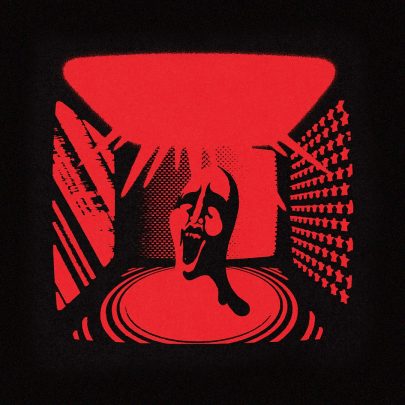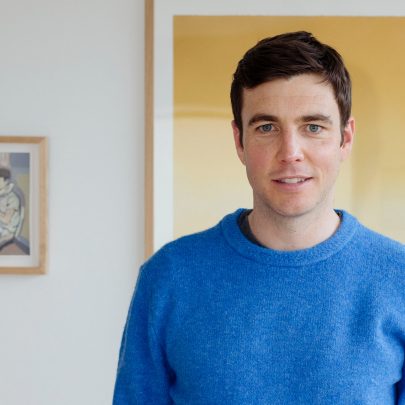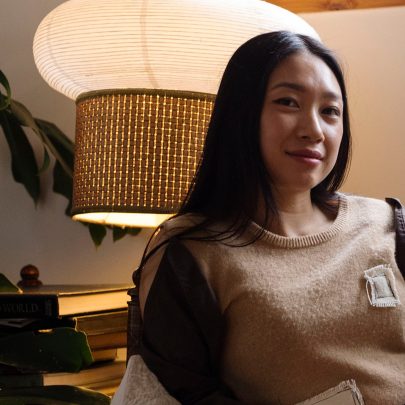Apr 30, 2014 Film & TV
The film opens with underground musician Adam (Tom Hiddleston) considering killing himself because “the zombies” have so badly messed up the world — whether in science, music or technology.
He has had a wooden bullet made to order and loaded it into a revolver but, before his despair tips him over the edge, his lover Eve (Tilda Swinton) arrives from Tangier to help him through this rough patch in his gloomy old house in derelict Detroit.
The film thereafter consists of a succession of scenes focused on this long-established, living-apart-together vampire couple that pass slowly as they play chess, dance to 50s hits, discuss Adam’s collection of vintage guitars, name-check the most famous people in history (Copernicus, Einstein, Byron, Shelley et al), many of whom Adam has met, and make a couple of forays outside the house to find the best-quality blood from a local hospital.
Adam and Eve are the epitome of über-cool, heroin-chic hipsters, brimming with nostalgia for the way things were — whether it’s the beauty of a 1905 guitar or the majesty of Detroit’s 1920s Michigan Theatre, which has been turned into a parking lot.
Their casting is inspired: Hiddleston’s dark, decadent looks are those of the archetypal rock star; Swinton’s ethereal face perfect for a musician’s blood-sucking muse — and their screen presence and chemistry easily hold the audience’s attention.
Nevertheless, the arrival of Eve’s chirpy younger sister, Ava (Mia Wasikowska), provides a very welcome distraction — to us, even if not to Adam and Eve. Ava behaves like any spoiled, excitable younger sibling might on a random visit, drinking the house’s best red (O-negative) from the fridge and insisting they all go out to a nightclub — even though Adam doesn’t want to — just to liven things up. And she does, in a very funny couple of scenes.
One downside of being a vampire, of course, is their allergy to sunlight. Consequently, most of the film is set in shadowy rooms or under the dull glow of street lights as Adam and Eve prowl the ruined city in his white Jaguar XJS coupe. Shooting the film entirely in low light does, however, give Jarmusch a way to create a pervasive sense of timelessness. This helps underscore the protagonists’ longevity (a dusty photo shows they got married for the third time in 1868), as does the cameo appearance of a grizzled John Hurt as 16th-century dramatist Christopher Marlowe, a fellow vampire living in Tangier.
The film is memorable for its moody atmosphere, its offbeat take on the vampire pop-culture phenomenon, its smattering of very funny one-liners and its depiction of an affectionate — if bloodthirsty — couple, but it would have been immeasurably more satisfying if Jarmusch had offered a compelling story too.





